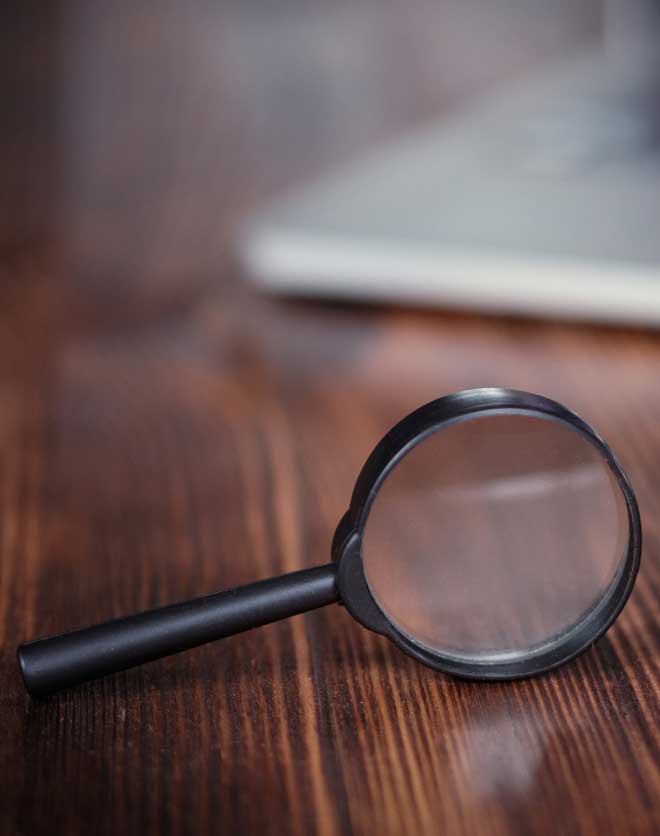Maritime Reels Return to Home Port: Preserving the Hazel Niendorff Collection
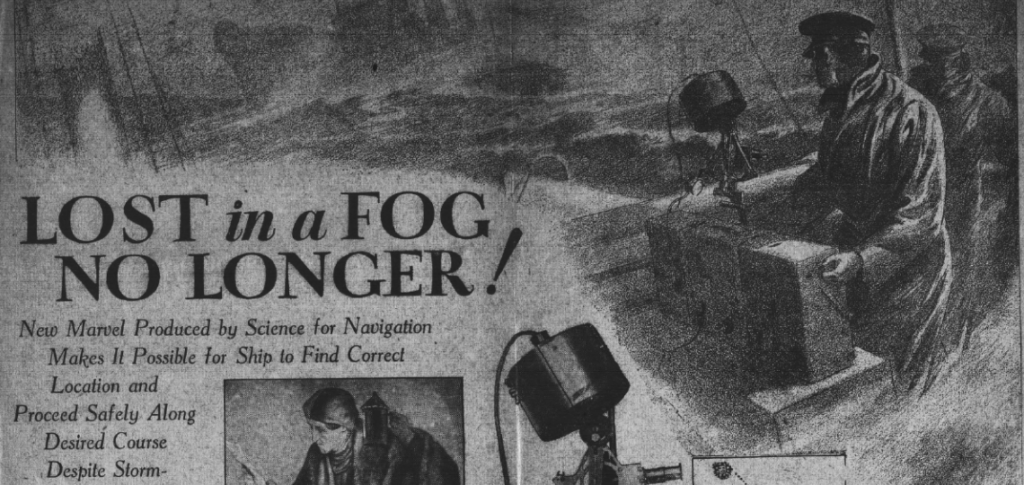
Header image provided from page 29, volume 40 of the Hazel W. Niendorff Scrapbooks on North Pacific Marine Casualties and Maritime History Collection If you are researching the maritime history of the North Pacific, the scrapbooks created by Hazel Niendorff between the 1920s and the 1960s may be a resource for you. The collection, which […]
Doxie AI Bringing Distinctive Machine Learning Solutions to Library Collections
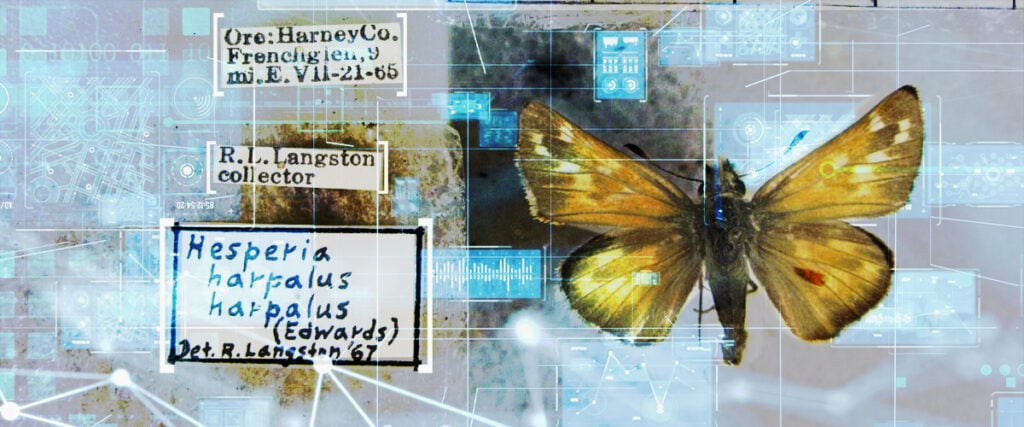
Over the last year, the media has tended to lump the term “AI” – that is, artificial intelligence – to mean ‘anything where a computer is going to make me a finished product.’ The news is filled with discussions surrounding programs like ChatGPT and Midjourney: about their efficacy, potential scenarios for application, and the ethics […]
Preservica and Backstage Announce Partnership To Support Government Agencies
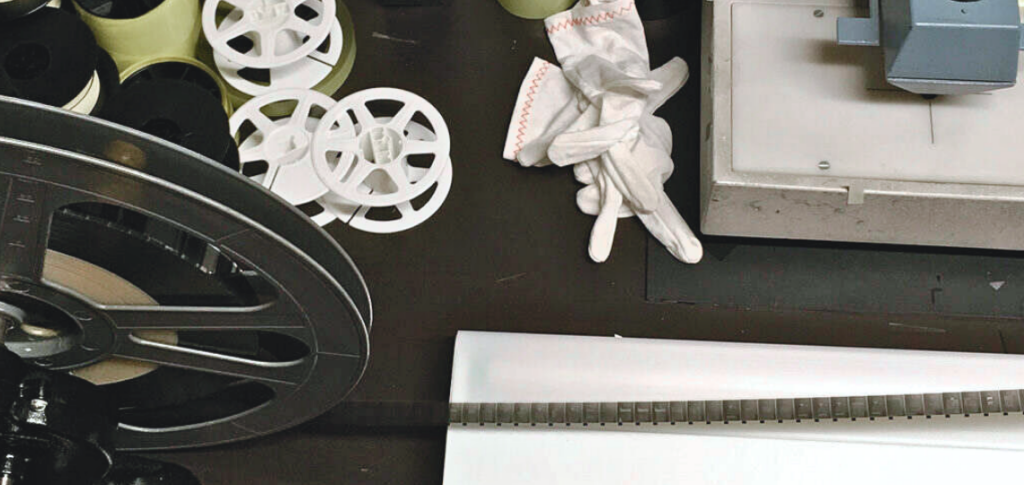
Oxford, UK, Boston, MA, Bethlehem, PA, Provo, UT/ March 23, 2023 / Preservica, a global leader in Active Digital Preservation archiving, and Backstage Library Works, a leading library services provider for digitization, metadata, onsite services and more — announced today a partnership as part of Preservica’s Digitize Once. Preserve Forever initiative. The partnership will focus initially on supporting government agencies looking to enhance access to or provide an alternative preservation method […]
Our Cameras Go West! Digitization Returns to Provo, UT
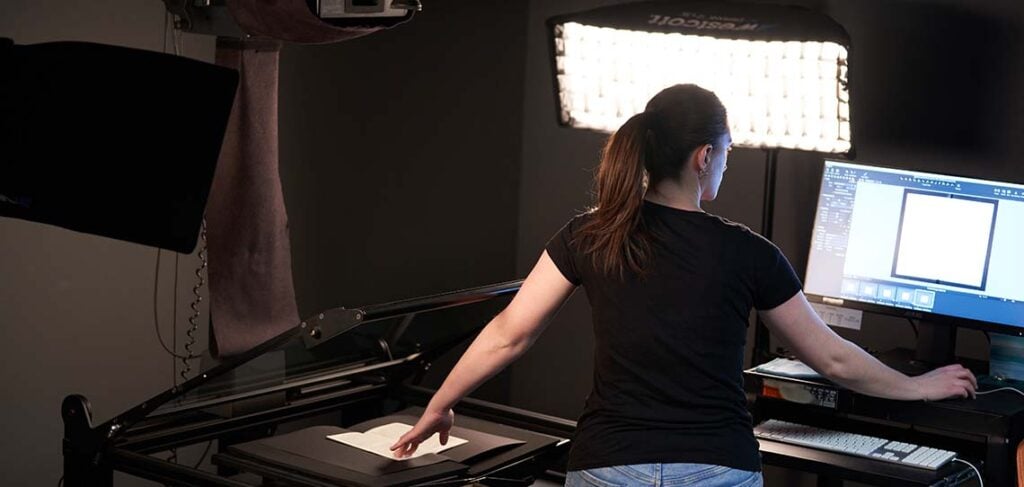
The demand for digitization has never been bigger. Following the pandemic, a greater push has been made to make sure documents are accessible in digital repositories, which has, of course, followed an existing trend towards digitization. Last year, we focused on building up our support for such requests. The department has grown with new staff, […]
A Passing FADGI – Keeping Up With the Star-Studded Guidelines

“FADGI is a collaborative effort started in 2007 by federal agencies to articulate common sustainable practices and guidelines for digitized and born digital historical, archival and cultural content.” – Federal Agencies Digital Guidelines Initiative FADGI, standing for Federal Agencies Digital Guidelines Initiative, is more than just a standard for taking photos. It’s a way of […]
Camera Ready, Set, GO!

“Camera ready” is a term used to describe when, as the name suggests, materials are ready to be digitally captured or microfilmed. How do you prepare a jumble of papers, or a collection of books, or a pile of newspapers to be safely captured? At Backstage, we ask our clients whether their materials are camera […]
Product Spotlight: Digitizing with South Carolina State Library

“We are pleased to provide citizens with instant access to details about the South Carolina legislature and its members. Technology from Backstage Library Works allows us to make the South Carolina Legislative Manual collection available while preserving history for future generations.” -Leesa Aiken, Agency Director, South Carolina State Library “We worked together to establish a […]
An Introduction to METS/ALTO For Your Digitized Collections

METS and ALTO – popularly, METS/ALTO – are terms that are thrown around when you start talking about digitizing and hosting your collections. Not all digital asset management programs, or DAMs, require METS or ALTO files, but a handful do (Veridian being a notable example), and if you’re considering article level segmentation, or ALS, then […]
Preservation and Access, the Married Conversation
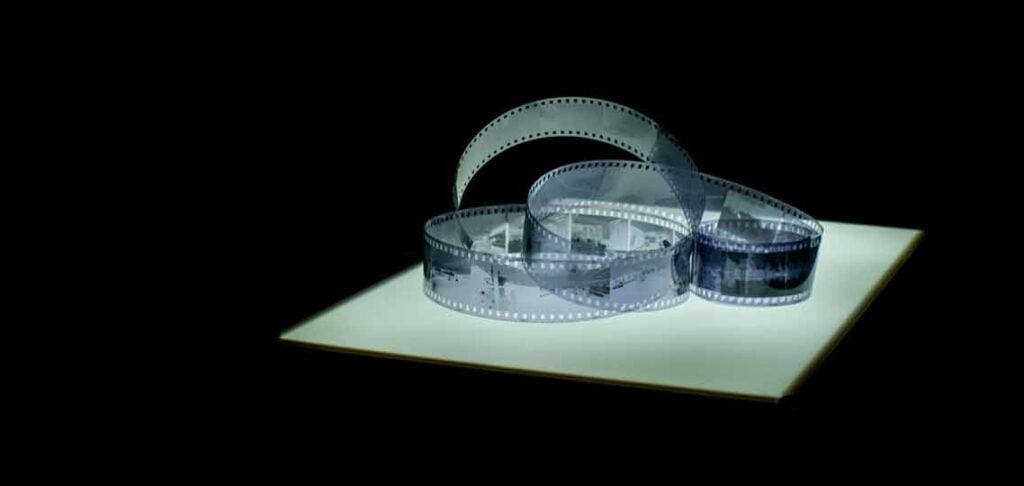
Think to that rare local newspaper collection you have sitting in your library. Due to inexpensive manufacturing techniques, these papers were not built to last and, with every use, they become more worn. Yet, patrons for years to come will still want access to this invaluable material. It’s time to come up with a solution, […]
Backstage supports Controlled Digital Lending and Distance Learning
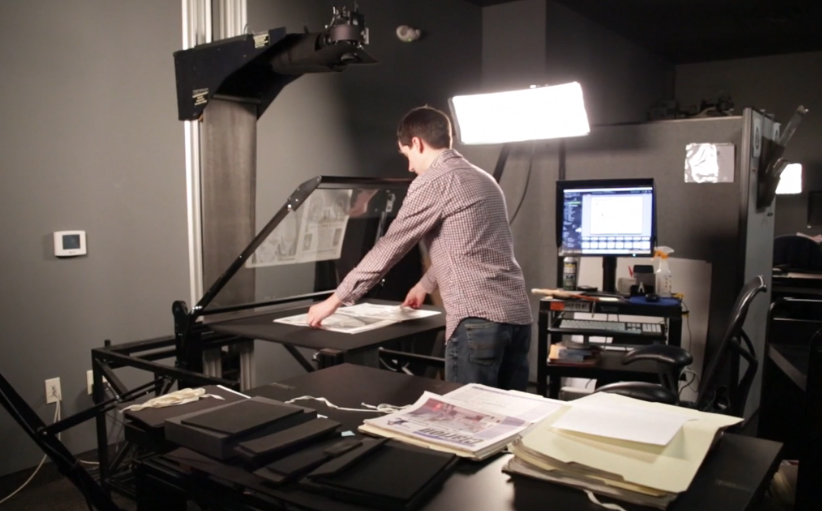
The impact of COVID-19 has caused many students and researchers to rely on distanced learning. How do you make materials available in an distanced environment when, frequently, in-person access is no longer reliable or even possible? To help with this issue, Backstage Library Works is now offering a new digitization on-demand service to support a […]


